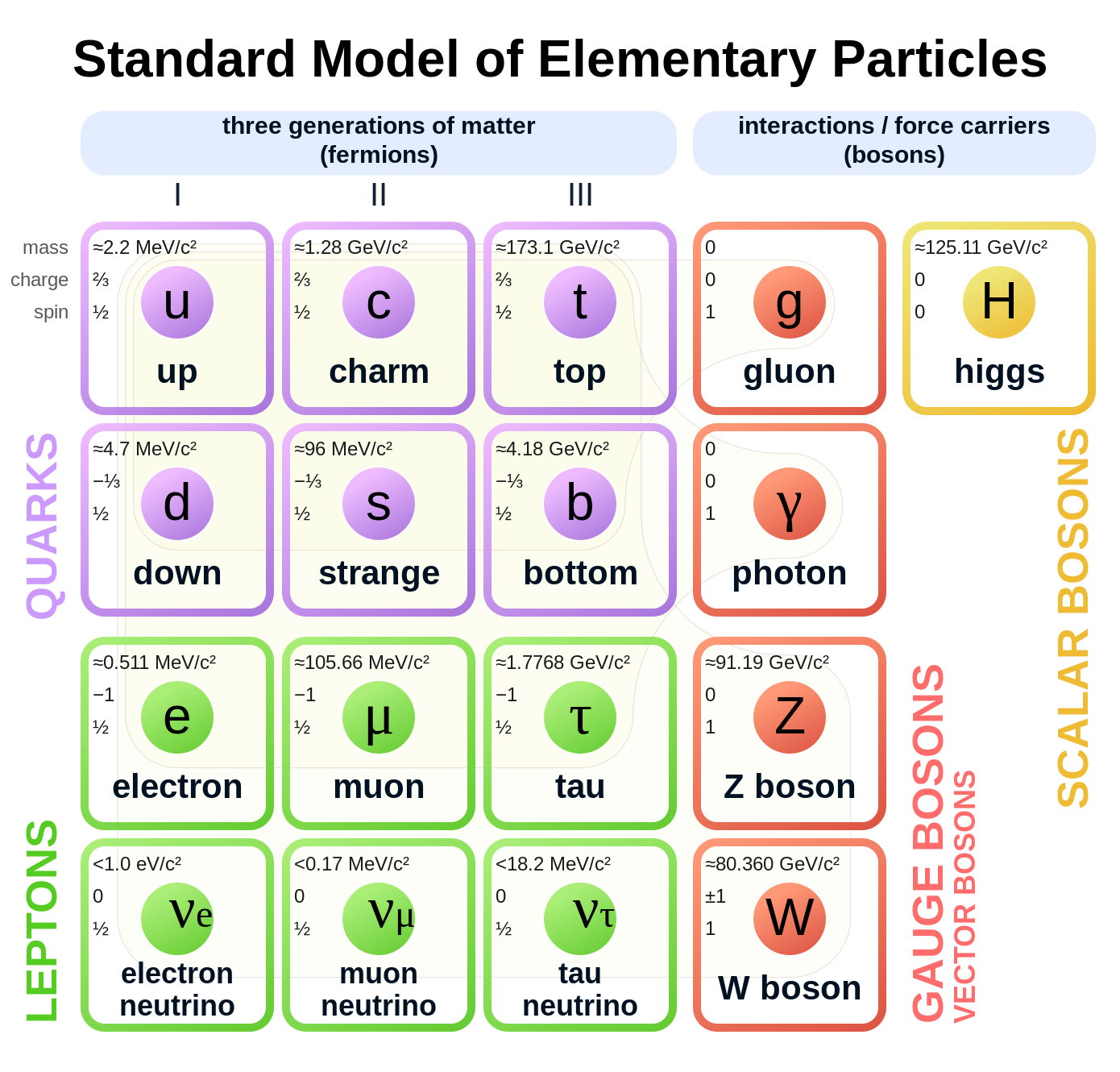#higgs_mechanism

Higgs mechanism
Mechanism that explains the generation of mass for gauge bosons
In the Standard Model of particle physics, the Higgs mechanism is essential to explain the generation mechanism of the property "mass" for gauge bosons. Without the Higgs mechanism, all bosons (one of the two classes of particles, the other being fermions) would be considered massless, but measurements show that the W+, W−, and Z0 bosons actually have relatively large masses of around 80 GeV/c2. The Higgs field resolves this conundrum. The simplest description of the mechanism adds a quantum field (the Higgs field) which permeates all of space to the Standard Model. Below some extremely high temperature, the field causes spontaneous symmetry breaking during interactions. The breaking of symmetry triggers the Higgs mechanism, causing the bosons it interacts with to have mass. In the Standard Model, the phrase "Higgs mechanism" refers specifically to the generation of masses for the W±, and Z weak gauge bosons through electroweak symmetry breaking. The Large Hadron Collider at CERN announced results consistent with the Higgs particle on 14 March 2013, making it extremely likely that the field, or one like it, exists, and explaining how the Higgs mechanism takes place in nature. The view of the Higgs mechanism as involving spontaneous symmetry breaking of a gauge symmetry is technically incorrect since by Elitzur's theorem gauge symmetries can never be spontaneously broken. Rather, the Fröhlich–Morchio–Strocchi mechanism reformulates the Higgs mechanism in an entirely gauge invariant way, generally leading to the same results.
Tue 2nd
Provided by Wikipedia
This keyword could refer to multiple things. Here are some suggestions: